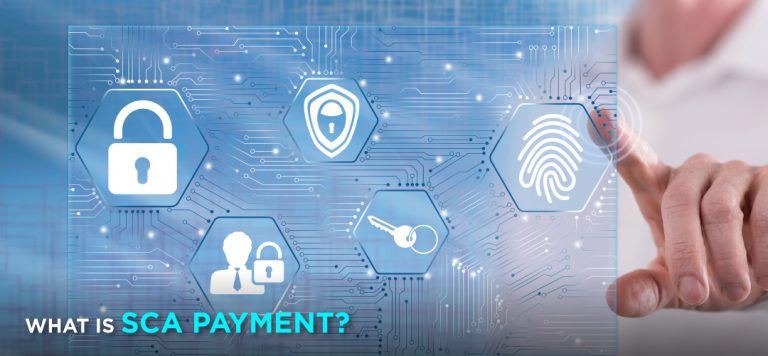What is SCA payment? With the increasing demand of online transactions, digital payments have become more and more popular. However, as these transactions become more frequent, so do fraudulent activities.
As a result, Strong Customer Authentication (SCA) has become an essential security measure in the world of online payments.
In this article, we will discuss what SCA payment is, why it is important for consumers and businesses and steps to use SCA payment.
What is SCA payment?
SCA Payment is a legal requirement in Europe since September 2019, as part of the Payment Services Directive (PSD2). The directive aims to make online payments more secure and reduce fraud.
SCA Payment is a new security protocol that is designed to protect online transactions. SCA requires customers to provide at least two forms of authentication when making a payment online.
This means that customers will need to provide something they know (such as a password or PIN), something they have (such as a mobile phone or token), or something they are (such as biometric data like fingerprints or facial recognition) to verify their identity.
What is SCA payment?
How important is SCA payment?
SCA Payment is an essential and advantageous method of payment for both customers and businesses. It provides a secure and reliable payment experience, helps to prevent fraudulent activities, ensures payment security and privacy, and enables more efficient transaction processing.
For consumers, SCA Payment provides an additional layer of security that helps protect their financial information from fraudulent activities.
It is a significant step forward in protecting against online fraud and ensuring that only legitimate transactions are authorized.
For businesses, SCA Payment compliance is essential for protecting their reputation, reducing fraud-related losses, and avoiding hefty fines.
The introduction of SCA Payment regulations ensures that businesses take greater responsibility for protecting their customers’ financial data, which will help to build trust between the customers and the businesses.
Moreover, businesses that are not SCA Payment compliant risk losing customers to competitors who prioritize security. Compliance with SCA Payment regulations can help businesses to build customer loyalty and protect their reputation.
4 main steps to use SCA payment
To use SCA payment, customers will need to provide at least two forms of authentication when making an online payment.
The authentication process may vary depending on the payment provider, but it usually involves the following steps:
Step 1: The customer initiates the payment.
Step 2: The payment provider requests the required authentication methods from the customer.
Step 3: The customer provides the required authentication methods (e.g., password, token, or biometric data).
Step 4: The payment provider verifies the customer’s identity and confirms the transaction.
Overall, SCA Payment is a necessary security protocol that provides additional protection for online transactions. It is essential for both consumers and businesses, as it reduces fraud-related losses, builds customer loyalty, and protects reputations.
By complying with SCA Payment regulations, businesses can build trust with their customers and ensure that their financial information is protected.
DNBC Financial Group is your trusted provider in international money transfer
- Get 100% free 1-on-1 support
- 100% free account opening
- Seamless onboarding process
Or please contact DNBC
Email: [email protected]
Phone Number:
- +65 6572 8885 (Office)
- +1 604 227 7007 (Hotline Canada)
- +65 8442 3474 (WhatsApp)



 DNBC Team
DNBC Team







